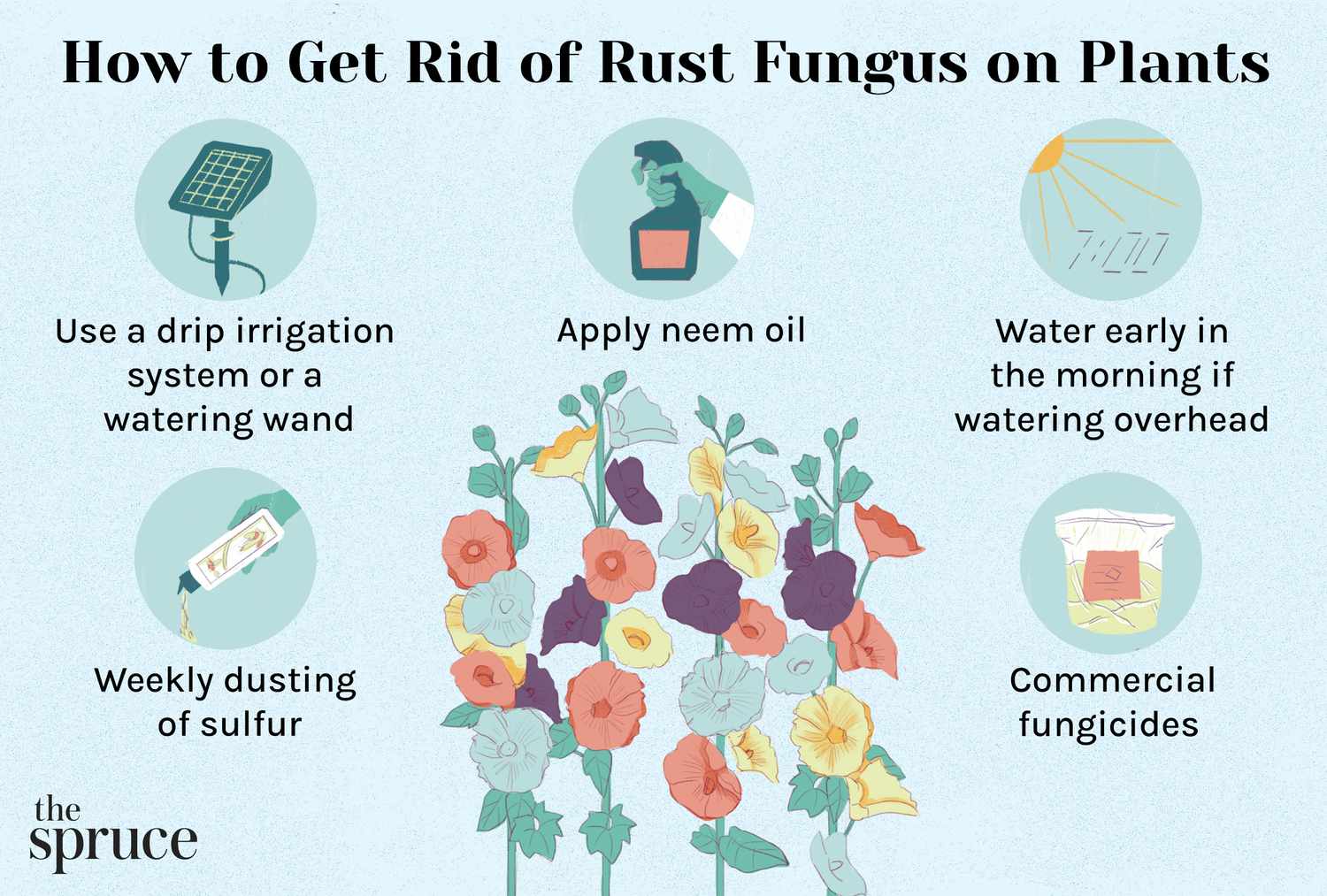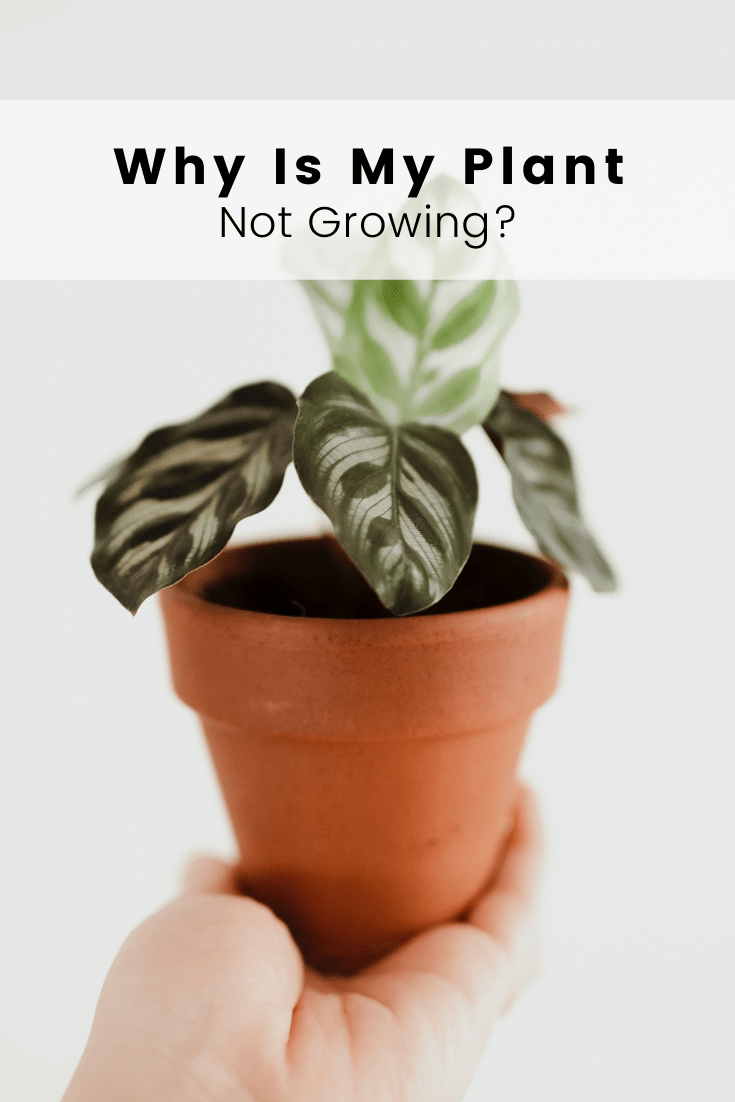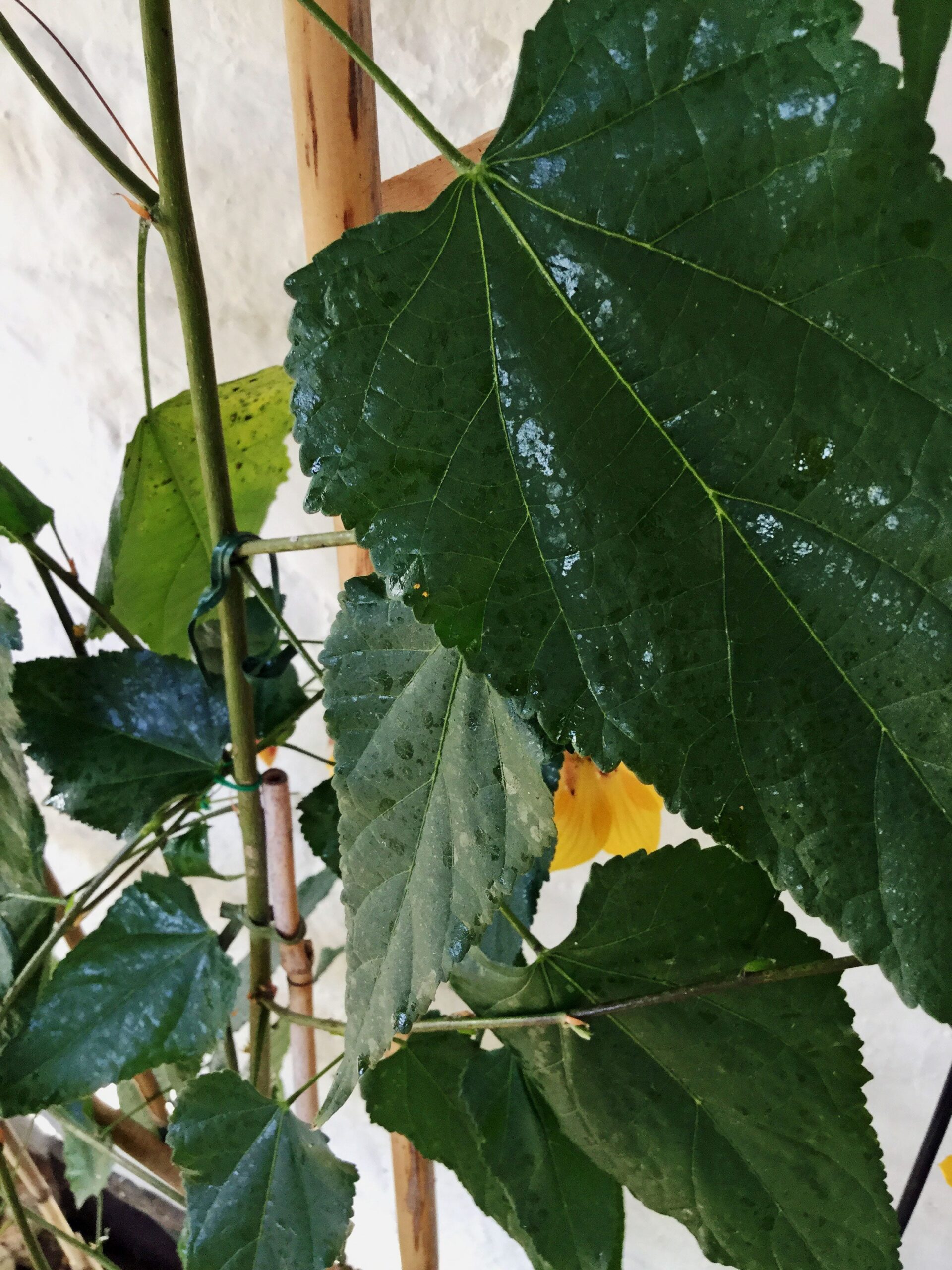How to Treat a Plant Infected with Rust
Seeing rust on your plants can be a sign of distress. Rust is a fungal disease that can affect a wide range of plants, from flowers to vegetables. If left untreated, rust can weaken your plants and stunt their growth. However, there are steps you can take to treat a plant infected with rust and prevent it from spreading to other plants in your garden. In this article, we will discuss some effective methods for dealing with rust on your plants.
Identify the Infected Plant
The first step in treating a plant infected with rust is to accurately identify the affected plant. Rust appears as orange or brown spots on the leaves, stems, and fruit of a plant. It can also cause the plant’s leaves to curl or become distorted. Once you have identified the infected plant, it is essential to act quickly to prevent the spread of the disease.
Remove and Dispose of Infected Plant Parts
To prevent rust from spreading to other plants in your garden, it is crucial to remove and dispose of infected plant parts. Use pruning shears to cut off any leaves, stems, or fruit that show signs of rust. Be sure to dispose of the infected plant parts in a sealed plastic bag and throw them away in the trash. Do not compost infected plant material, as this can spread the disease further.
Improve Air Circulation
Rust thrives in moist and humid conditions. To prevent rust from spreading in your garden, it is essential to improve air circulation around your plants. Trim back any overgrown vegetation to allow for better airflow. You can also space out your plants to promote better ventilation. Avoid watering your plants from overhead, as this can create a humid environment that is conducive to rust development.
Apply Fungicides
If the rust infection is severe, you may need to use fungicides to treat the affected plant. There are many fungicides available that are specifically formulated to combat rust. Be sure to follow the manufacturer’s instructions when applying fungicides to your plants. It is essential to cover all parts of the plant thoroughly, including the undersides of leaves, to ensure effective treatment.
Maintain Plant Health
To prevent rust from recurring on your plants, it is vital to maintain their overall health. Water your plants regularly, but avoid overwatering, as this can create ideal conditions for rust to develop. Fertilize your plants with a balanced fertilizer to promote strong growth and resistance to diseases. Keep an eye out for any signs of rust and take action promptly to prevent the spread of the disease.
Practice Crop Rotation
If you have experienced rust on your plants in the past, it may be beneficial to practice crop rotation. Planting different types of crops in the affected area each season can help break the cycle of rust development. Rotate crops with different growth habits and nutrient needs to prevent rust from infecting the same type of plant year after year.
Conclusion
Treating a plant infected with rust requires prompt action and effective strategies. By identifying the infected plant, removing and disposing of infected plant parts, improving air circulation, applying fungicides, maintaining plant health, and practicing crop rotation, you can effectively treat rust on your plants and prevent it from spreading. Remember to monitor your plants regularly for signs of rust and take quick action to address any issues that arise. With proper care and attention, you can keep your plants healthy and strong despite the threat of rust.



